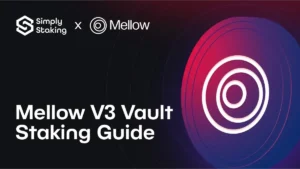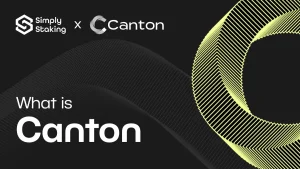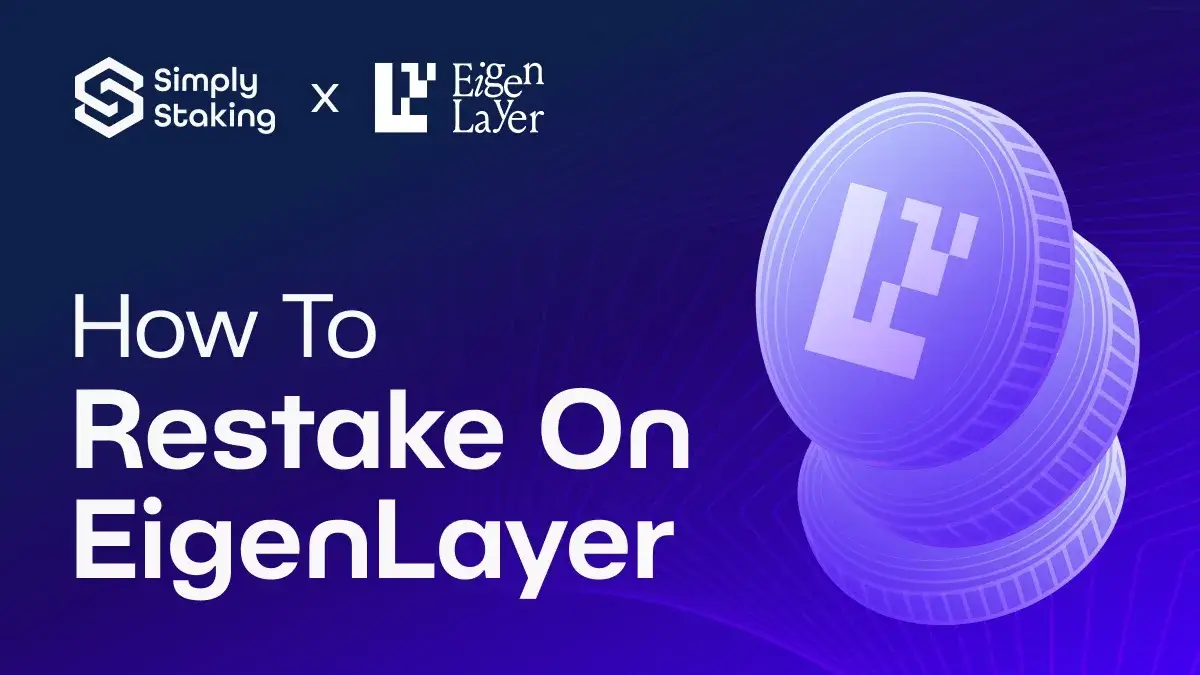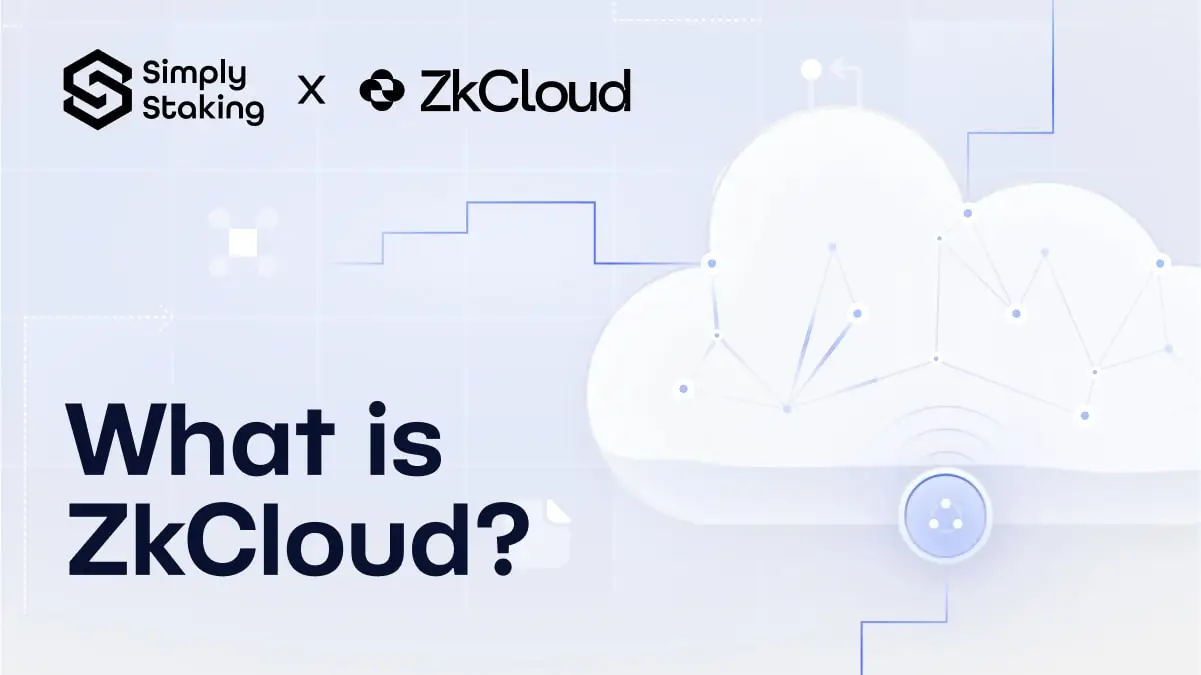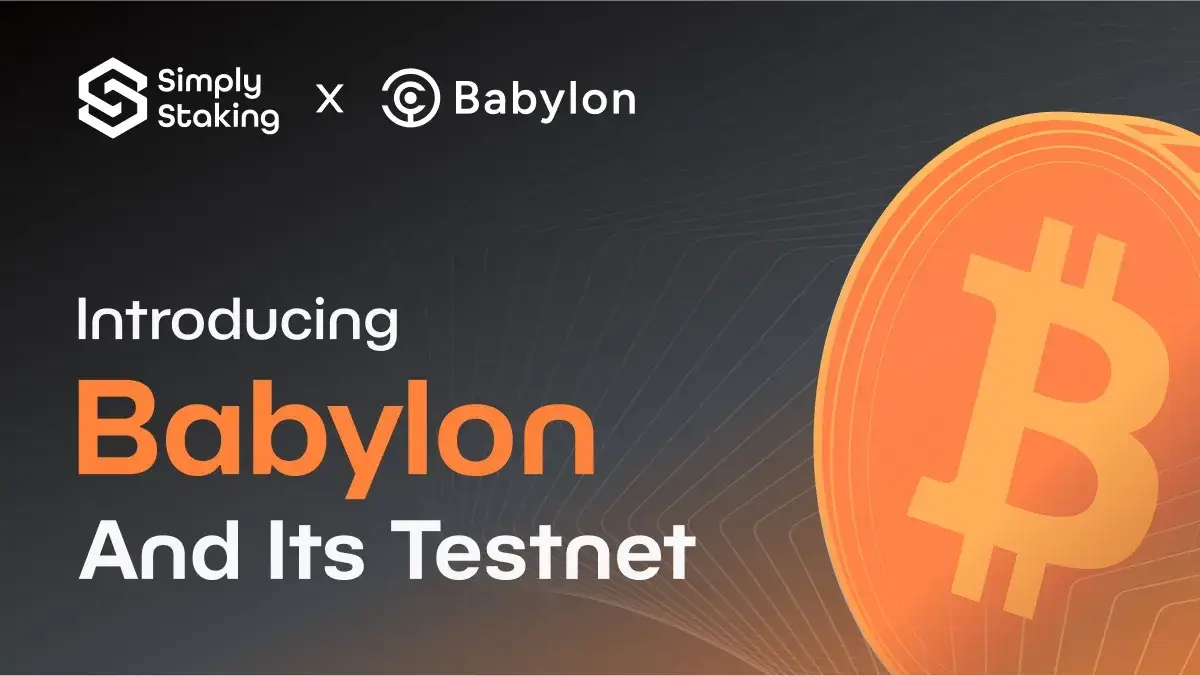Unlocking Shared Security On Ethereum
In 2015, Ethereum introduced a significant change in the blockchain landscape. It presented the idea of a modular blockchain, where developers could create distributed applications on an existing trust network. This advancement was a game changer for the industry. It allowed for a surge in innovation, with applications ranging from decentralised finance (DeFi) to non-fungible tokens (NFTs), all benefiting from the security and trust underpinning Ethereum.
Although Ethereum’s progress with layer-2 scaling solutions such as rollups brought about a notable improvement in handling transactions, this progress underscored a gap in Ethereum’s security framework — its ability to extend comprehensive security to a broadening array of applications. As the blockchain industry evolved, the need for a security solution that could adapt to and secure a diverse range of applications and services became increasingly apparent.
This is where EigenLayer comes into play. By commodotising Ethereum’s consensus and creating a new market for decentralised trust — transforming the capital used for network security into a leverageable asset for other modular networks — EigenLayer offers a novel approach to shared network security and sets the stage for the next wave of blockchain innovation. Not only will this strengthen the overall ecosystem, but likewise paves the way for faster and more focused development of specialised applications and layers.
In this article, I outline the main features of EigenLayer, exploring its foundational concepts, the core problems it addresses, and highlight some of the transformative potential it holds for the Ethereum ecosystem and beyond.
Introducing EigenLayer — Enhancing Security on Ethereum
At its technical core, EigenLayer is a set of smart contracts that allows validators to opt-in, collectively pool and flexibly extend their security services to additional applications beyond the Ethereum baselayer. This is facilitated by a mechanism known as “restaking”, which in plain English means that validators can reapply their staked as well as liquid-staked Ether (ETH) to projects built on EigenLayer; ranging from data availability layers to virtual machines and oracle networks. In the EigenLayer ecosystem, these applications are commonly referred to as Actively Validated Services (AVSs).
Restaking not only diversifies the validators’ potential revenue streams through fees associated with these AVSs, but also strengthens the overall resilience of each AVS and the Ethereum ecosystem as a whole against potential threats and vulnerabilities. Essentially, it leads to a more efficient utilisation of staked ETH, ensuring that the security it provides is not limited to Ethereum but extends to the applications and services built on EigenLayer.
Bridging the Security Gap in Ethereum
One of the core challenges EigenLayer addresses is the fragmented economic security within the Ethereum ecosystem, particularly for decentralised infrastructures like bridges, sequencers, and smaller Proof-of-Stake (PoS) chains. With the security of such protocols being directly tied to the value of their staked assets, which comparatively speaking remains far lower than that staked on the Ethereum layer 1, these protocols have been left significantly more vulnerable to Sybil and 51% attacks. In contrast, Ethereum, with its billions in staked capital, provides a much more robust environment for building decentralised applications.
Previously, protocols building on Ethereum lacked the ability to inherit its robust economic security, forcing developers to bootstrap their own validator set and trust networks, raising barriers to entry while stymying innovation and progress. And so, by allowing applications and infrastructures to leverage Ethereum’s robust validator set, EigenLayer provides a solution to this fragmentation through a unified and secure layer that pools rather than isolates security.
Streamlined Development
Leveraging EigenLayer thus allows builders on Ethereum to bypass the cost and complexities of establishing their own validator sets, and instead gain access to Ethereum’s secure infrastructure. This access to a public market for Ethereum’s economic security not only enhances the security of these protocols but also allows their developers to focus more intently on product-market fit and core functionalities, rather than being preoccupied with the intricacies of network security.
As such, by expanding Ethereum’s security, EigenLayer is not just a technical evolution but a strategic enhancement that lowers barriers to entry for blockchain innovators and streamlines the development of applications.
Key Innovations and Mechanisms
EigenLayer’s Open Marketplace
EigenLayer introduces an open marketplace for security, where validators can choose to opt into AVSs that they find worthwhile; allowing for a free-market governance model where the decisions about which AVSs to secure are driven by the validators themselves based on the incentives offered by each AVS. This model promotes a dynamic and efficient allocation of security resources within the Ethereum ecosystem, sophisticated market discovery, and fosters a competitive environment where the most valuable and promising applications and services receive appropriate security backing.
Programmable Trust
EigenLayer introduces a key feature that allows for the customisation of staking and trust mechanisms according to the specific needs of different AVSs. This programmable aspect of trust means that developers can fine-tune how Ethereum’s security is extended to their projects, providing flexibility in setting security parameters while enabling a tailored approach to meet the varied security requirements across a wide range of applications. For instance, this allows for the creation of multi-token quorums, where applications can define their own validation quorums and participation criteria alongside Ethereum stakers to enable greater decentralisation and flexibility in network validation.
Dual and Multiple Staking Modalities
EigenLayer provides a flexible framework for staking, accommodating various staking modalities. Users can stake to validators through a delegated staking system, while validators can engage in native restaking where they directly restake their ETH through EigenLayer, or opt for liquid staking token (LST) restaking, where they stake LSTs obtained from services like Lido or Rocket Pool. Additionally, validators can restake liquidity provision (LP) tokens, allowing them to derive yield from both DeFi protocols and EigenLayer AVSs. This multi-modal approach to staking caters to diverse risk preferences and investment strategies of validators, enhancing the appeal and accessibility of the EigenLayer platform.
Additionally, applications on EigenLayer also benefit from a dual staking mechanism, where both ETH and the application’s native token can be staked. This enables applications to leverage the robust security of Ethereum while also unlocking additional utility and protection for their native tokens, for instance, by guarding against price-related vulnerabilities and potential ‘death spirals’.
Slashing Mechanisms and Risk Management
A key aspect of EigenLayer’s security model is its slashing mechanism, ensuring that the cost of malicious actions is much higher than any potential gains. This is achieved by holding the withdrawal credentials of Ethereum PoS stakers in EigenLayer’s smart contracts. If a staker, restaking on EigenLayer, acts adversarially within an AVS, they risk having their staked ETH slashed. This mechanism activates when the staker withdraws their ETH, with the withdrawn amount being slashed according to the AVSss on-chain contract. This stringent approach to slashing ensures that validators are heavily disincentivised from any form of malicious behaviour.
The Implications of EigenLayer
Enhancing Validator Participation and Incentives
The introduction of multiple staking modalities and an open marketplace for security in EigenLayer significantly broadens the scope of participation for Ethereum validators. By offering various pathways for yield generation and the flexibility to choose AVSs based on individual preferences and risk assessments, EigenLayer incentivises validators to actively engage in securing a wider range of applications. This increased participation not only benefits the validators through potential new revenue streams but also contributes to the robustness and diversity of the secured services.
Improving Economic Efficiency and Opportunities
The introduction of multiple staking modalities and an open marketplace for security not only diversifies the validator’s roles but also enhances the economic efficiency of the Ethereum ecosystem. Validators and participants can now engage in more diverse economic activities, contributing to a dynamic and thriving ecosystem. By expanding the economic opportunities and encouraging broader participation in the blockchain space, EigenLayer may serve to attract new investors and innovators drawn by the potential for varied revenue streams and the chance to contribute to cutting-edge blockchain services.
Impact on Decentralisation and Governance
Ethereum has always been characterised by a more democratic, albeit slower, governance process. EigenLayer’s approach of leveraging the conservative governance of Ethereum with a dynamic, free-market model for auxiliary capabilities presents a novel way of retaining core protocol stability while allowing for agile and permissionless innovation at the EigenLayer level.
As a result, EigenLayer complements Ethereum’s ethos of decentralisation, offering a balanced approach that promotes long-term stability alongside rapid innovation. This dual approach allows Ethereum to benefit from both the stability of democratic governance and the dynamism of market-driven innovation, positioning EigenLayer as a key enabler of Ethereum’s ongoing evolution.
Risk Management and Security Implications
Unlike traditional fungible token positions, EigenLayer’s model is tailored to the specific risks associated with different AVSs, ensuring transparency and avoiding principal-agent problems. This model is particularly effective when compared to merge mining in PoW blockchains. In PoS chains like Ethereum, combined with EigenLayer’s restaking, any malicious action can be addressed on the main chain, leading to the slashing of the offender’s stake. This escalates the cost for corrupt behaviour and strengthens security across both the main and subsidiary chains, reinforcing both the security of the Ethereum network as well as the trust and stability of the various AVSs operating on EigenLayer.
Programmable, Customised Solutions
The programmability feature in EigenLayer provides developers with the tools to create security solutions that meet the specific needs of their applications. This flexibility allows for the tailoring of security settings, from stringent protocols for high-value transactions to more relaxed models where speed and accessibility are key. Such versatility is crucial for a blockchain ecosystem hosting a wide array of applications, each with unique security requirements. By enabling these customisable configurations, EigenLayer not only enhances the safety and functionality of diverse applications but also supports innovation, allowing developers to build without being limited by standard security setups.
Paving the Way for Agile Innovation
As already alluded to, by reducing the barriers to development, EigenLayer allows developers to focus solely on creating and refining their products without the added burden of establishing independent trust networks. Significantly, following the dual governance model, EigenLayer can also serve as fertile ground for testing and refining innovations that may later be integrated into the Ethereum mainnet, without compromising the underlying stability and security of the Ethereum blockchain.
Examples include hyperscale data availability layers and decentralised sequencers, which can now be developed and secured more efficiently within the EigenLayer framework. Such an environment is likely to be conducive to rapid experimentation and development, paving the way for a diverse range of applications that were previously challenging to implement due to security constraints.
Conclusion
EigenLayer’s ability to extend Ethereum’s security to a wide range of applications and services heralds a new era in the development of decentralised systems. This innovation is set to alleviate limitations of existing Ethereum infrastructures and unlock a spectrum of applications to be securely built and operated on EigenLayer, including advanced data availability solutions, decentralised sequencing mechanisms for rollups, and efficient oracle systems. These applications are poised to contribute to a richer, more versatile blockchain ecosystem, capable of supporting more complex and varied decentralised services than before.
In doing so, EigenLayer addresses critical challenges in the Ethereum ecosystem, offers significant benefits in terms of security and efficiency, and opens up new streamlined possibilities for future blockchain applications. Its ability to lower barriers to entry, coupled with its expansive security model, opens up numerous possibilities for future blockchain applications. Looking ahead, EigenLayer is well-positioned to be a key driver of innovation, security, and functionality in the blockchain space.





